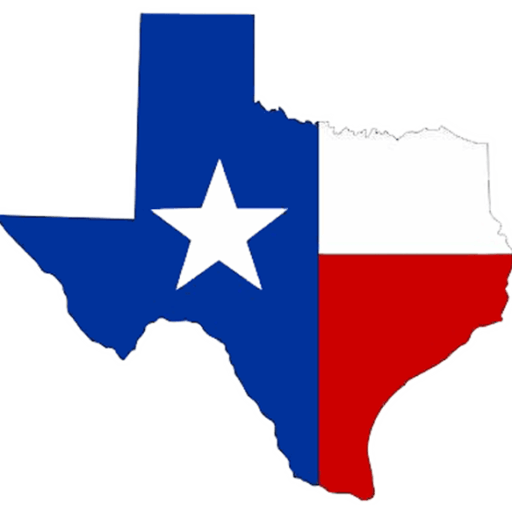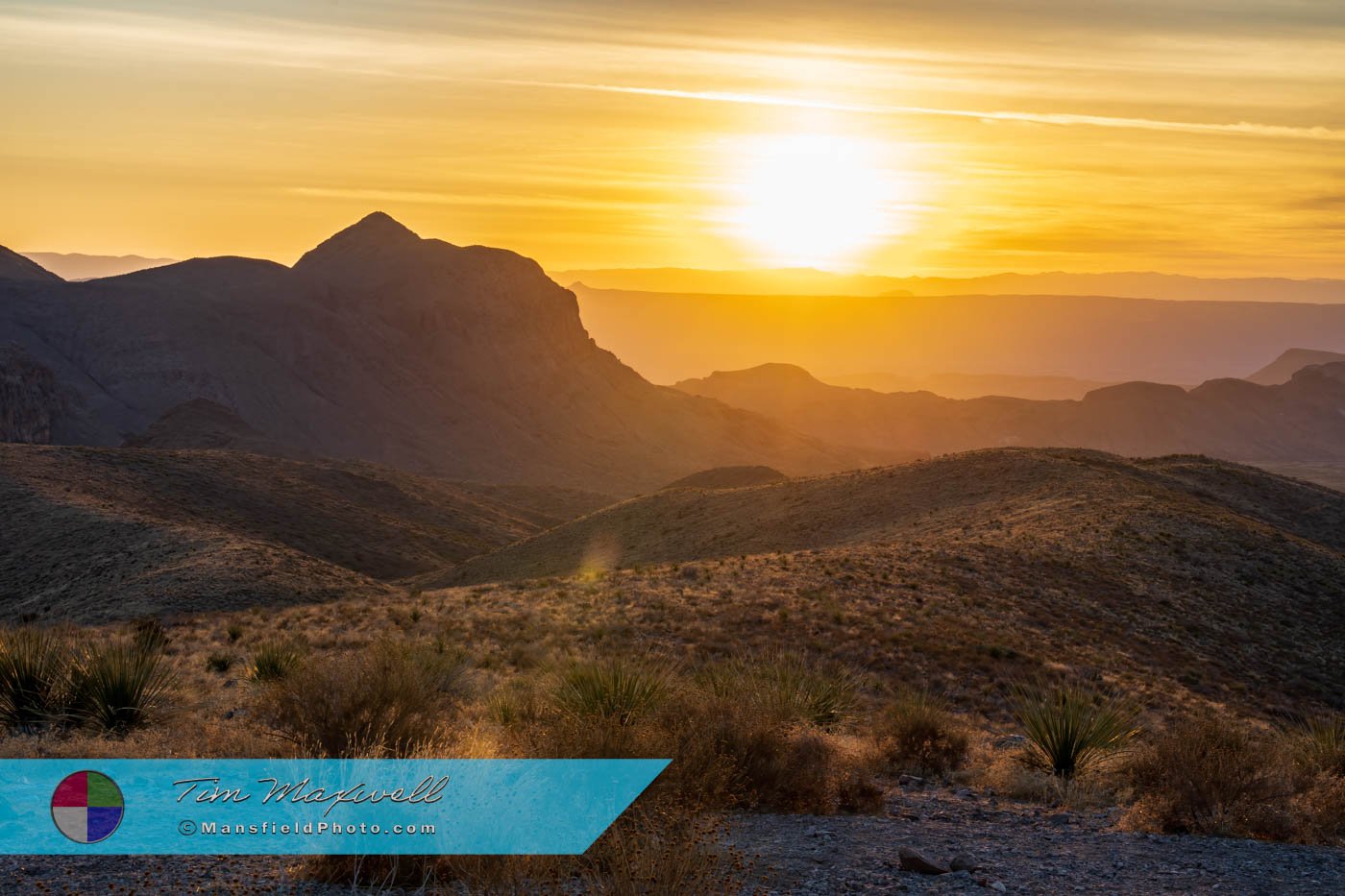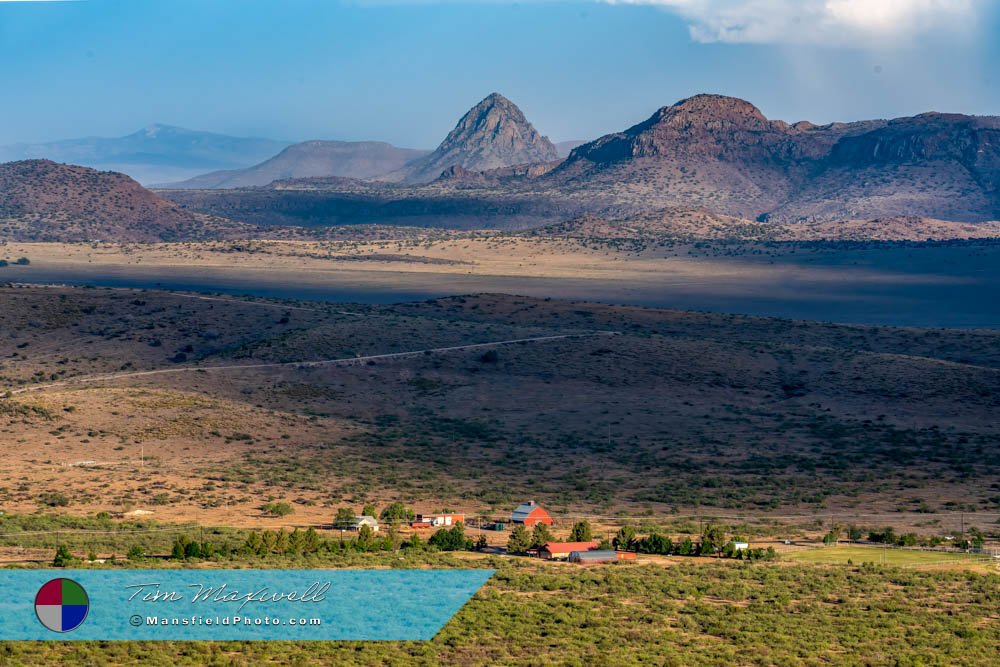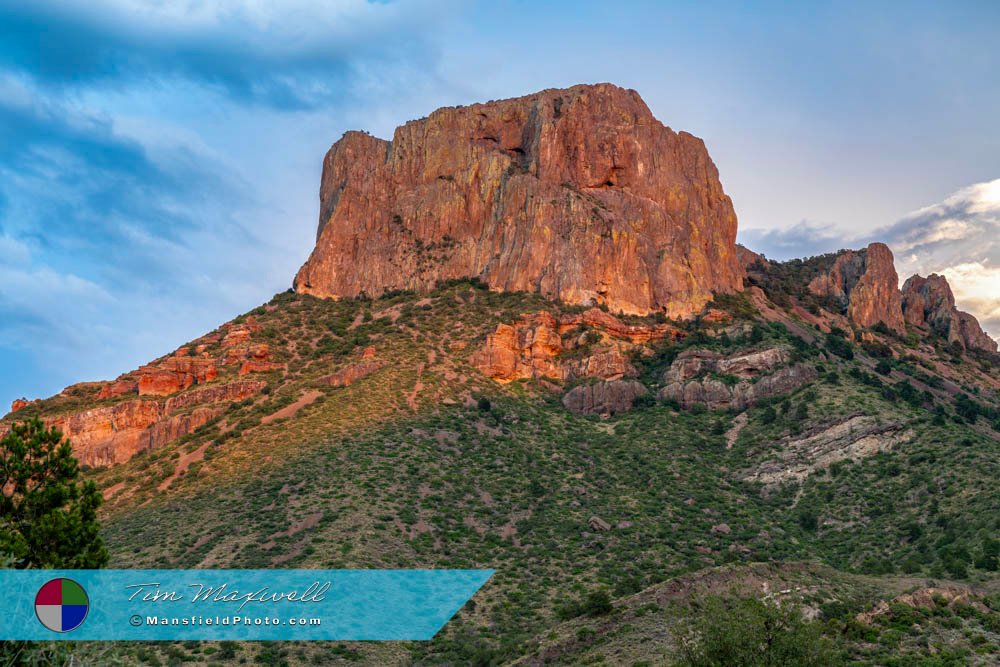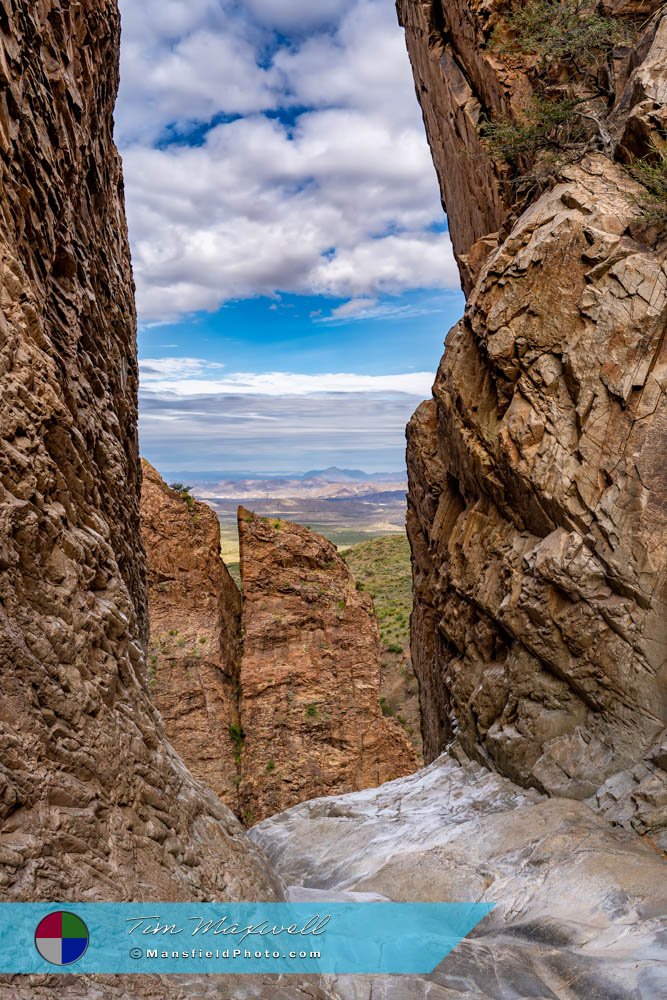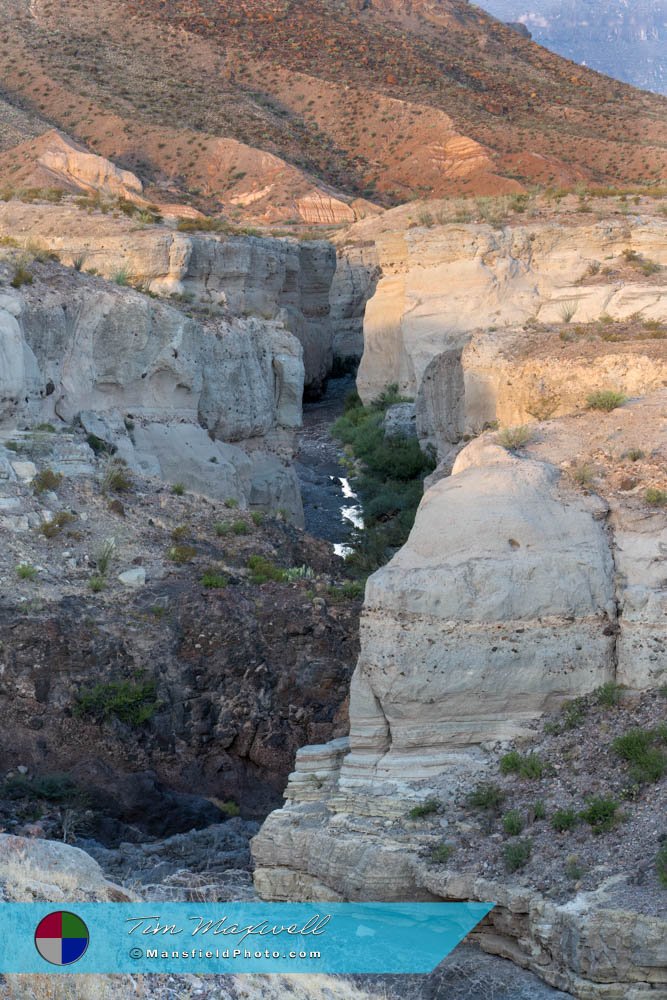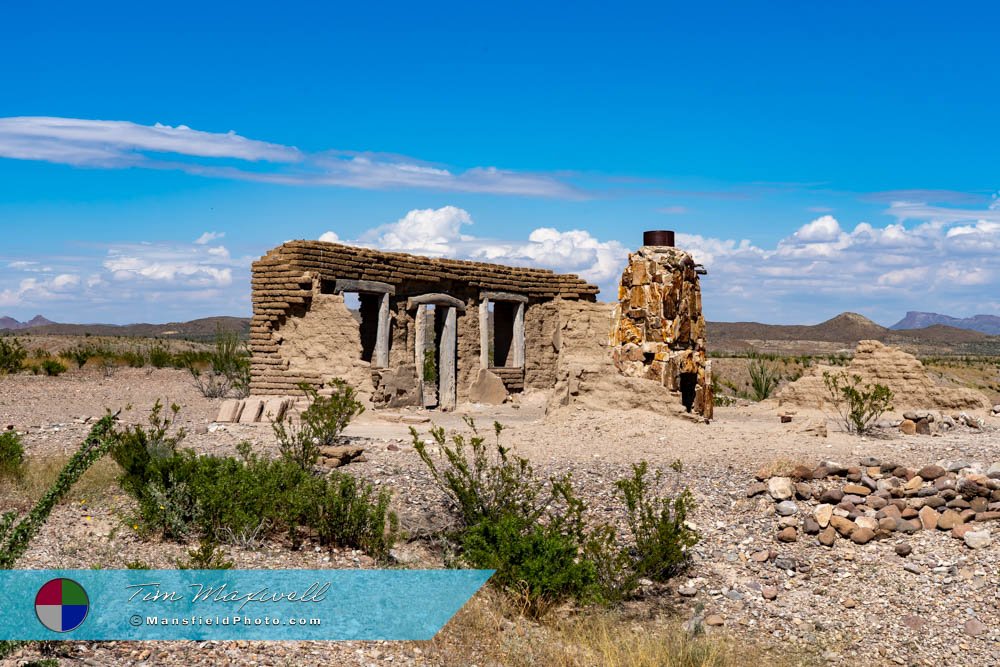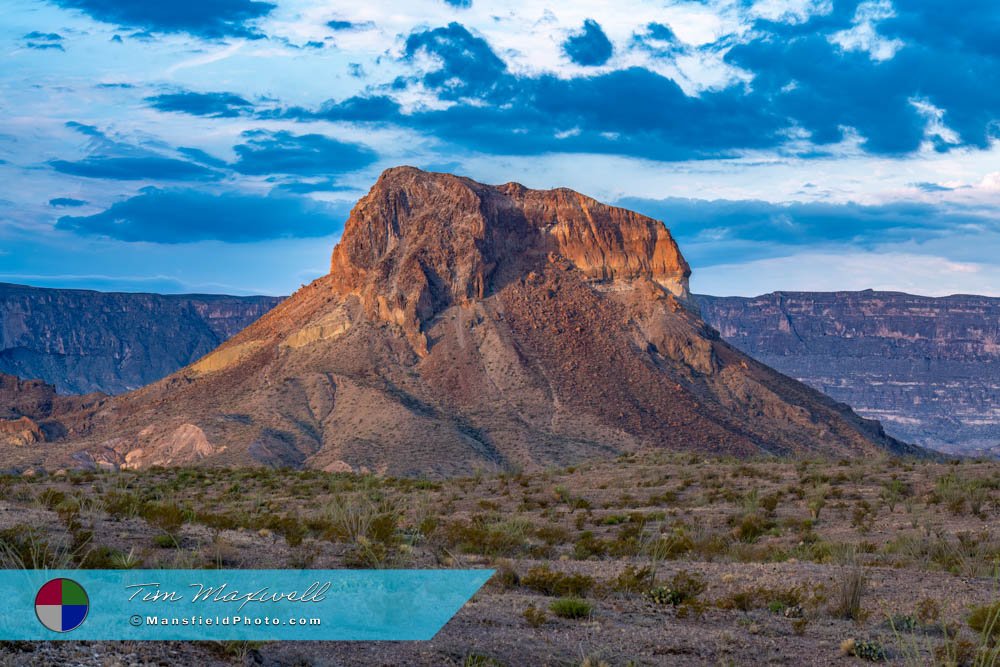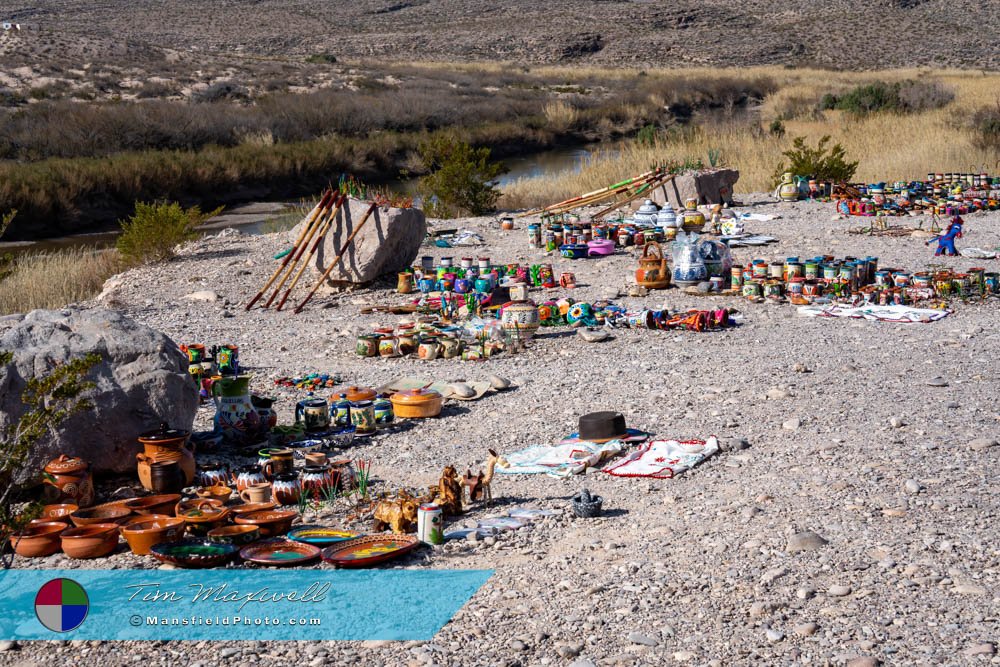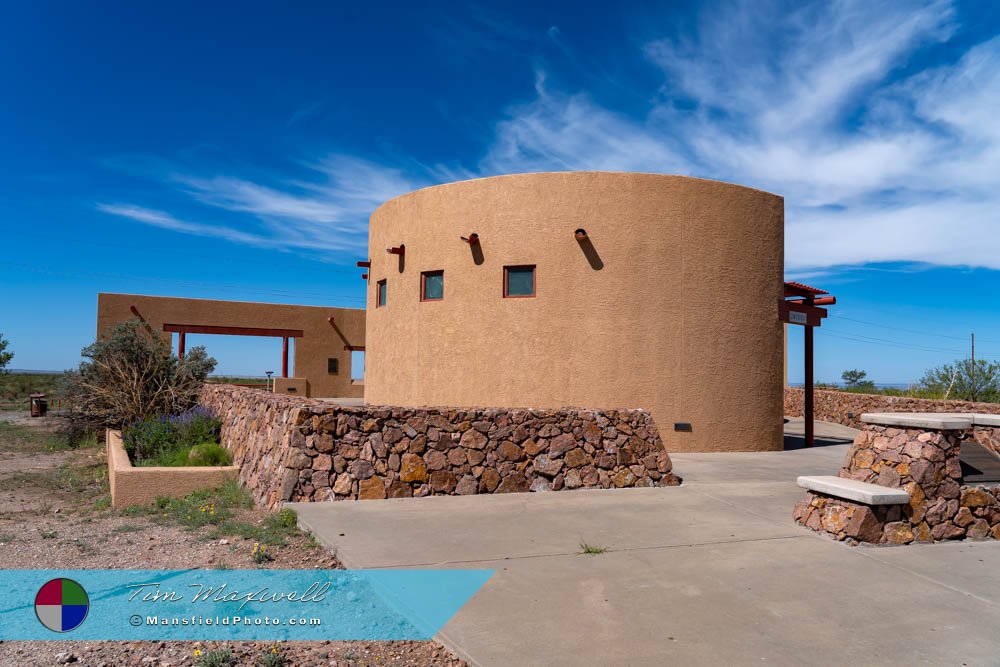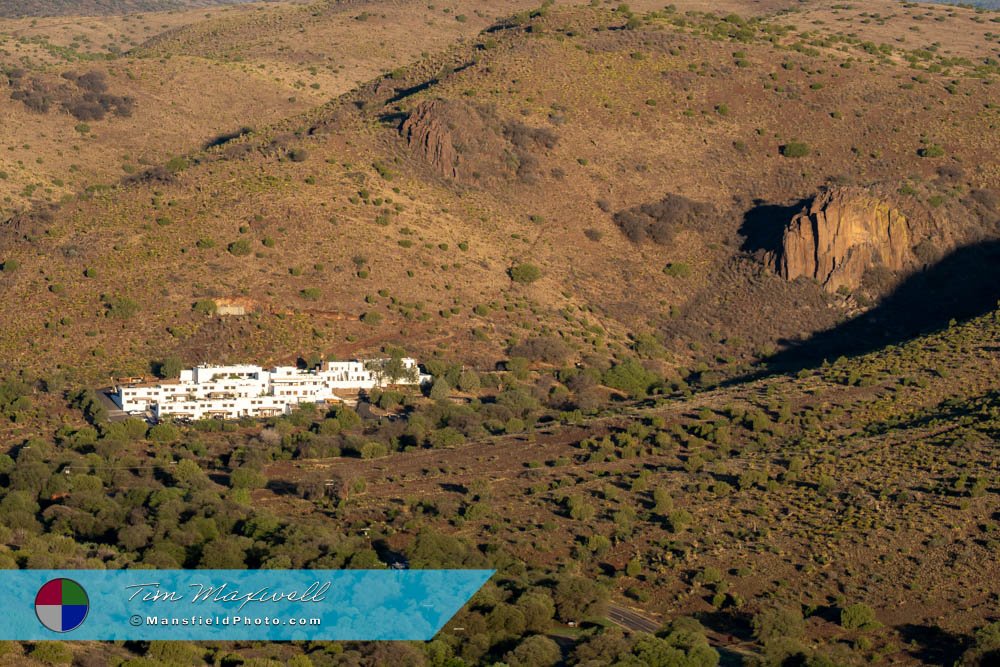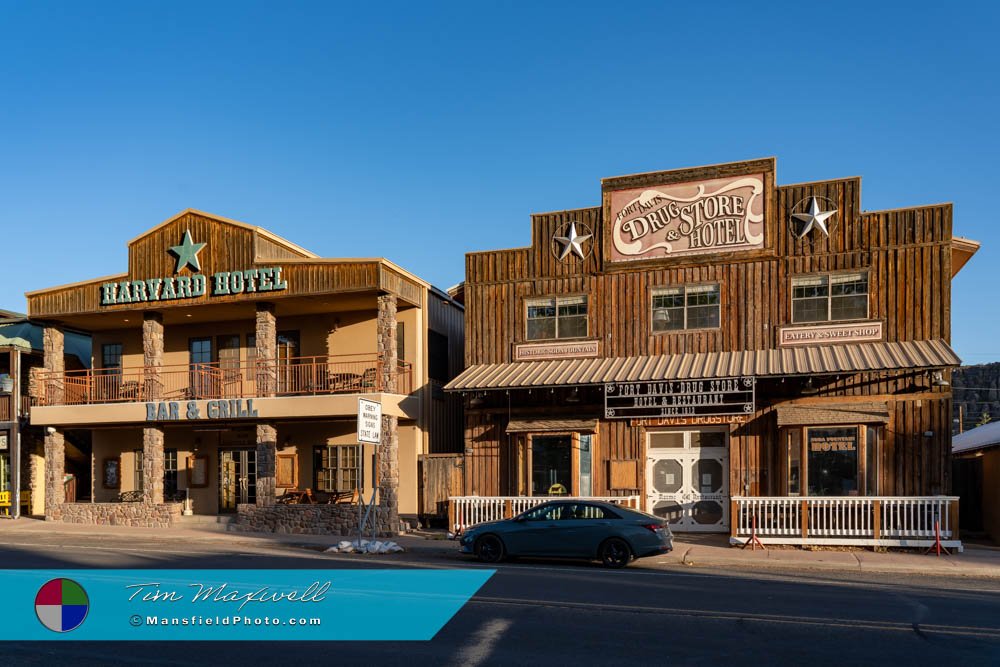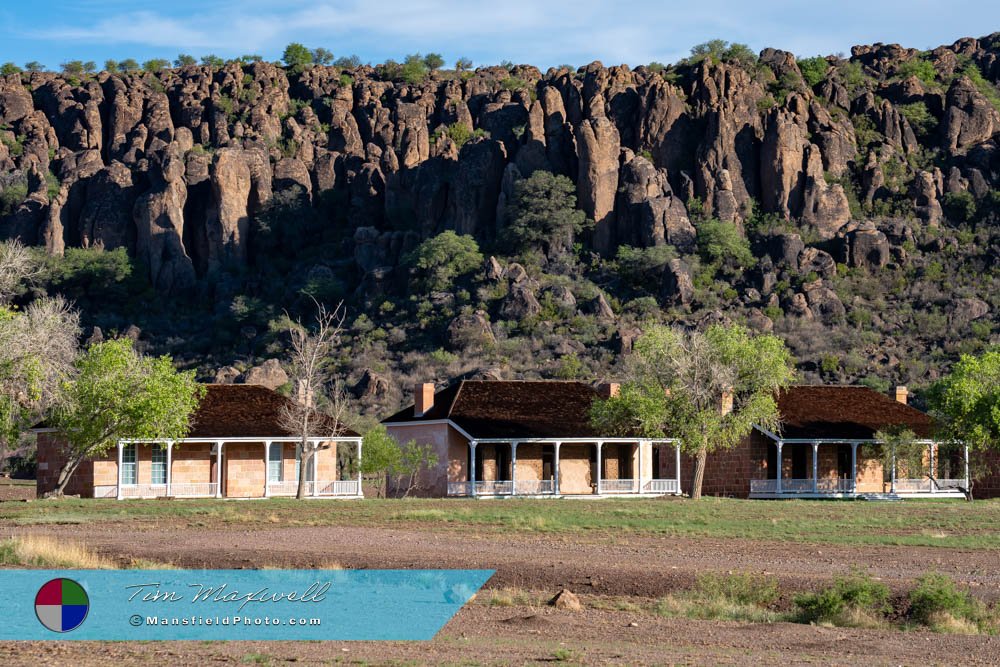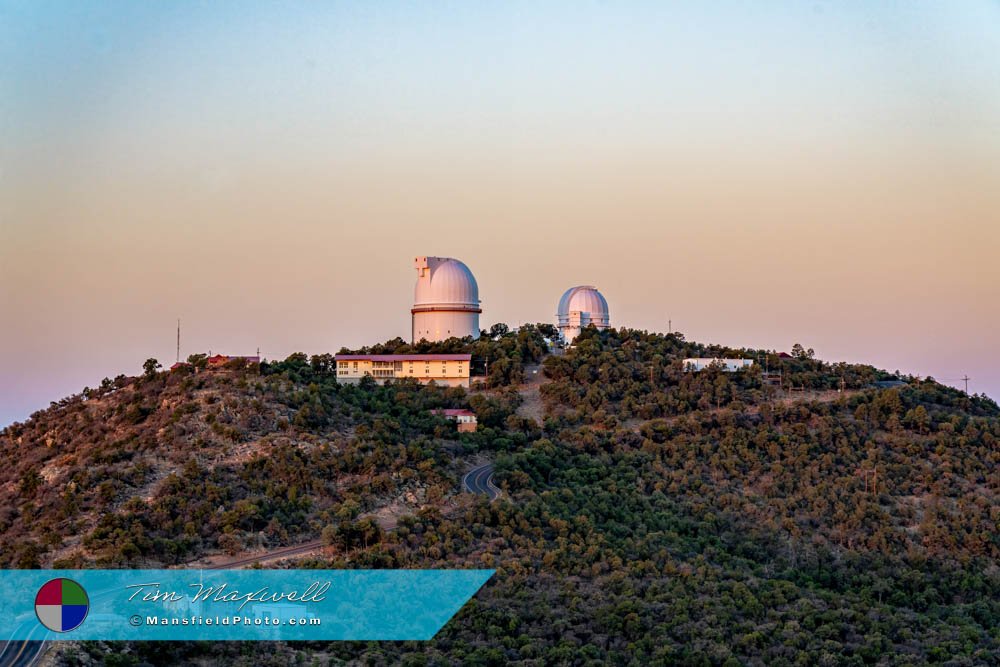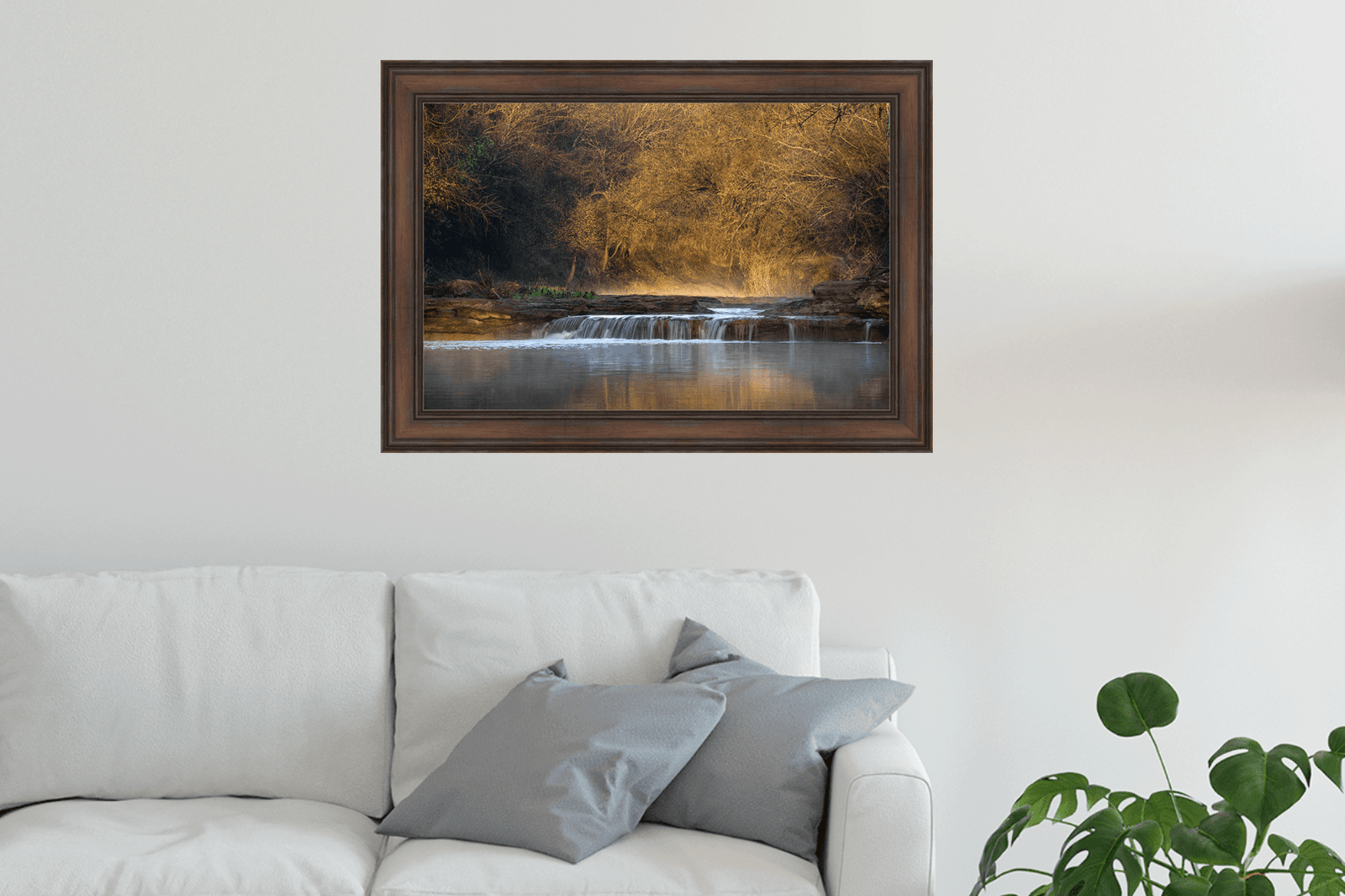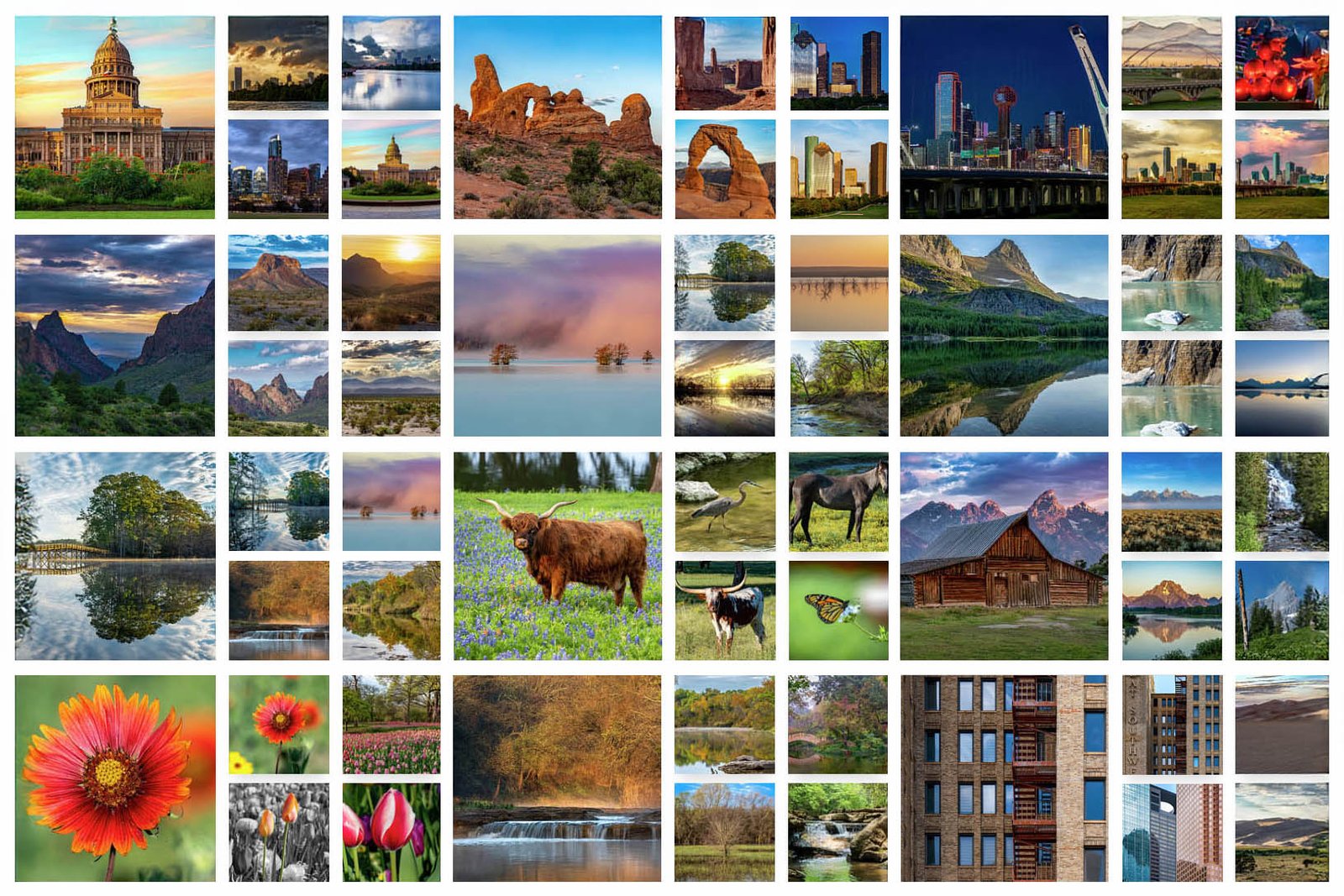Mansfield Photography
The Big Bend Region Travel Guide
– Tips, Itinerary & Must-See Spots in West Texas.
The Big Bend region stands as one of the most underrated and least understood landscapes in the lower 48. There are no major airports. No easy way in or out. Unless you’re flying a private jet into the small strip in Lajitas, the only way to get here is by a long car ride through the wide-open spaces of West Texas. It takes intention. It takes effort.
But make the journey—and you’ll find yourself somewhere unforgettable.
This Big Bend Region travel guide is built from real experience. We’ve been to everything we talk about here, many spots multiple times. We’re not recycling secondhand tips from internet lists—we’re giving you the best of what we’ve seen with our own eyes, walked with our own feet, and photographed with our own cameras.
If you’re looking for a region that can leave a lasting imprint, this is it.
When to Go: Big Bend Travel Tips for the Right Season
Because Big Bend Region lies in the heart of the Chihuahuan Desert, when you go will make or break your experience. The wrong season can offer up hazy skies, brown landscapes, and suffocating heat. But when the timing is right, this place transforms into something almost otherworldly—green desert floors, wildflowers, mountain breezes, and skies so blue they don’t seem real. One of our essential Big Bend Region travel tips is to chase the rain.
The sweet spot? For us, early to mid-October has produced the most magical visits—but only when rain has blessed the region in late July through September. Whether you’re planning a West Texas road trip itinerary or just a weekend escape, track rainfall like a hawk before planning your trip. If the region’s had a good soaking, it’s your signal to pack your bags.
From October through early spring, temperatures tend to be favorable. That said, don’t assume spring always means wildflowers or pleasant weather. This desert follows its own rules. We’ve seen spring look more like a dusty oven, and autumn look like paradise: Rule of thumb: follow the rain!
Where to Stay in the Big Bend Region – Travel Tips for Lodging
Best Basecamp if your Focus is Big Bend National Park
- Chisos Mountains Lodge and Campground
- If the focus of your visit is Big Bend National Park, staying in the Chisos Basin is the best move. Big Bend National Park travel tip: The Chisos Mountains are cooler thanks to elevation, and you’re right in the heart of it all. This area offers lodging and tent camping. RVs are not allowed, except for very small sizes, such as a class B van. Hikes like The Window Trail and Lost Mine Trail start just minutes from your tent or lodge room.
- Rio Grande Village
- If you’re bringing an RV, this is your top choice within the park. It’s beautiful, but remote. You’ll spend more time in the car getting to trailheads and scenic stops.
Best Basecamp for Exploring the Big Bend Region
- Davis Mountains State Park
- This is our #1 pick for exploring the Big Bend Region. It has excellent campsites, RV hookups, and the Indian Lodge—a beautifully restored 1930s hotel. You’re 10–60 minutes from most major attractions, and the views are incredible.
- Alpine, Fort Davis, and Marfa
- Each town offers historic hotels, cozy Airbnbs, and RV parks. Alpine has the most amenities. Marfa leans toward art and architecture. Fort Davis has history and charm. All three serve as excellent hubs depending on your travel style.
- Terlingua and Study Butte
- A little rugged, a little quirky—this area gives you proximity to Big Bend National Park’s western entrance. Great for RV travelers and adventure seekers.
- Lajitas
- The Maverick Ranch RV Park is top-notch and perfect if you plan to explore both Big Bend National Park and Big Bend Ranch State Park. If you’re planning to kayak the Rio Grande through Santa Elena Canyon, this is the place to be—you’re just a short drive from the put-in point. Expect longer drives to reach other destinations in the region.
Things to Do and See in the Big Bend Region
Big Bend National Park
This park isn’t a “one and done” destination—it’s an entire universe of desert, mountains, and river, and no two areas feel alike. The park is massive, so we recommend choosing your must-do stops in advance to make the most of your time. If you’re building your West Texas road trip itinerary, here are the places we return to again and again:
Chisos Mountains: Where the Sky Meets the Desert
You can’t visit Big Bend National Park without heading up into the Chisos. This is what’s known as a Desert Sky Island, an isolated mountain range where the temperatures are cooler, the vegetation denser, and the wildlife more diverse than the desert below.
Must-Do Hikes in Chisos Mountains:
- The Window Trail
This moderate hike is one of the most popular in the park—and with good reason. You’ll descend through the basin to an opening in the rocks that perfectly frames the view of the desert below. It’s not only a stunning payoff, but an iconic photo opportunity. On several occasions, we’ve encountered tarantulas calmly crossing the trail, especially around sunset in the fall. - Lost Mine Trail
If you want a trail with big rewards, this is the one. The first half is shaded and gradual. The second half opens up to expansive views in every direction. On a clear day, it feels like you’re on the rooftop of the world. Go early as there is limted parking, and often fills up quickly on busy days.
Other Tips About the Chisos Mountains:
- Deer, bears, and even mountain lions have been spotted here—this is one of the best places in the state to encounter true wilderness.
- Sunsets in the Chisos are absolutely worth staying for. Bring a jacket—temperatures can drop fast.
- If visiting between September through November, the Window Trail and the Chisos Mountains are prime areas to see Tarantulas!
📸 Interested in More Photos of Big Bend National Park?
Santa Elena Canyon: The Iconic Divide
This is where the Rio Grande slices through towering walls of limestone, creating one of the most photographed canyons in Texas. And yes—it’s even better in person.
- Santa Elena Trail
Depending on river conditions, you may need to wade through ankle- to waist-deep water to access the trailhead. The initial incline is steep, but it’s paved with stone steps and handrails. Once inside the canyon, the hike levels out, and the sheer cliffs rising beside you are nothing short of humbling. We’ve been when the water was low enough to walk without getting our shoes wet—and once when we were waist-deep. Either way, it’s an unforgettable experience.
Ross Maxwell Scenic Drive: A Journey Through Time
Planning a West Texas road trip itinerary? You’ll want this drive front and center. The Ross Maxwell Scenic Drive is more than a connector—it’s a journey through Big Bend’s volcanic past, human stories, and breathtaking desert ridges. Each stop reveals something unexpected: the windmill still spinning at Sam Nail Ranch, the sunset glow at Sotol Vista Overlook, and the layered ash walls of Tuff Canyon. If you’re wondering about things to do in Big Bend beyond hiking, this route is a masterpiece on wheels.These are the must-stop highlights (in order traveling from East to West):
- Sam Nail Ranch
One of our favorite short stops. You’ll find remnants of an early homestead—walls, windmills, and shade trees—set in what feels like an oasis. Birds frequent the area, and it’s a great place to stretch your legs. - Lower Burro Mesa Pouroff
An easy, family-friendly hike into a shaded canyon with a towering dry waterfall at the end. The geological layering is vivid, and it’s a great intro hike if you’re short on time or traveling with kids. - Sotol Vista Overlook
In our opinion, one of the best panoramic views in the park—especially at sunset. The ridges unfold in layers toward Santa Elena Canyon, and when the light hits just right, the desert glows in golden hues. - Mule Ears Viewpoint & Hike
The twin peaks of the Mule Ears stand like sentinels over the desert. You can snap a photo from the overlook or hike out for a closer view. The hike can get hot with little shade, but the solitude and scenery are worth it.
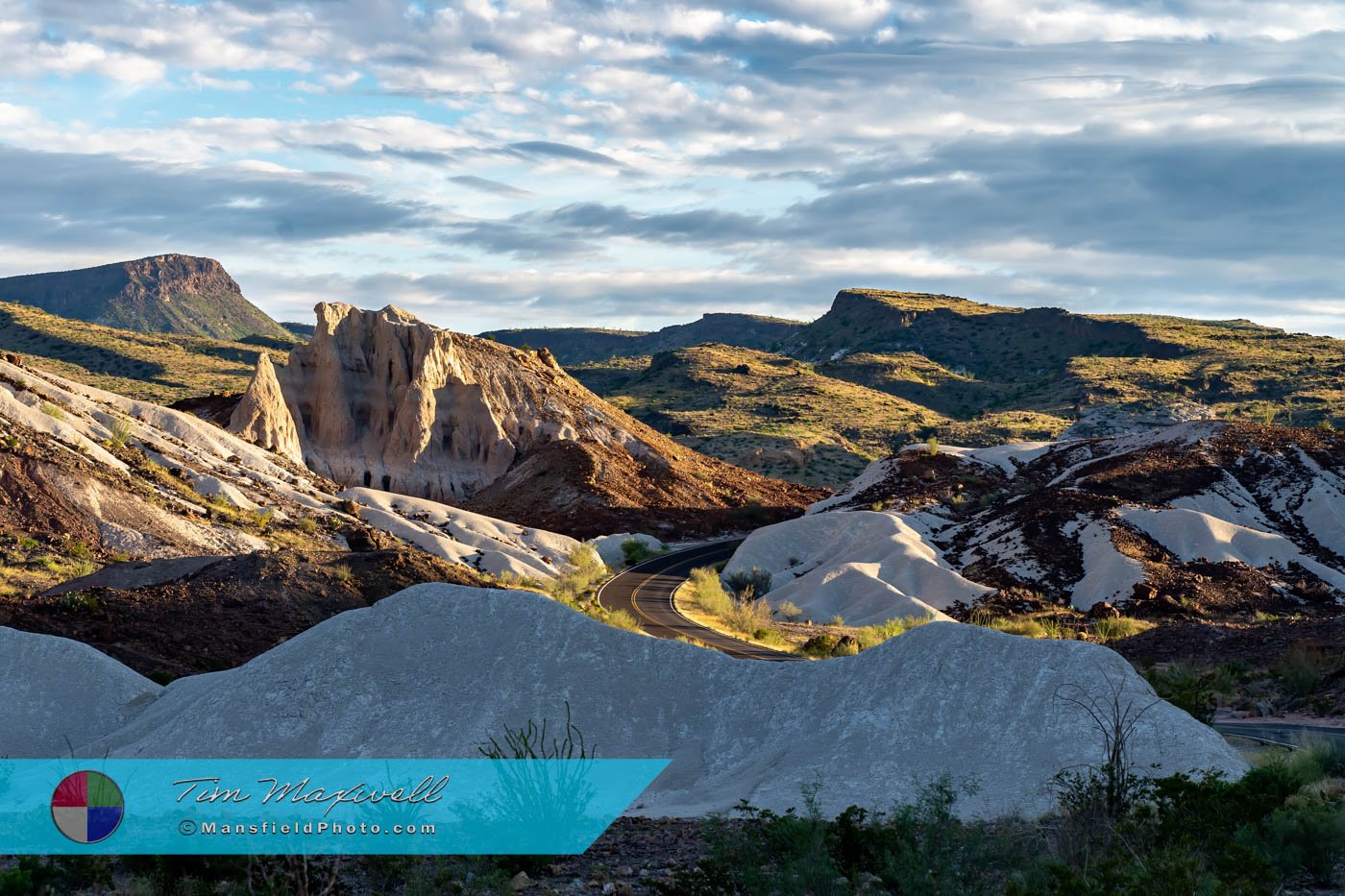
- Tuff Canyon
This is a personal favorite—when our kids were young, they loved exploring the layers of volcanic ash (tuff) carved by water and time. Short trails lead into and around the canyon. It’s easily accessible, right off the road, and offers multiple viewpoints. - Unnamed Geologic Area – north face of Cerro Castellan (Click Here)
This roadside spot stands out for its dramatic red, white, and brown rock layers—stunning even by Big Bend standards. Our children loved scrambling here, and we’ve never seen a name on any map. Bring your camera—it’s visually one of the most unique spots in the park. - Castolon Historic District
Though much was lost in the 2019 fire, the area is being restored and remains a worthy stop. The visitor station often has ice cream—a welcomed treat on a hot day—and good info on park conditions. - Dorgan-Sublett Trail
This short, mostly flat hike leads to the remnants of a once-grand homestead, complete with walls and a fireplace still standing. From here, you get sweeping views of the Rio Grande and distant Mexico. A great spot for a quiet break.
📍 Interested in exploring Texas’ natural beauty?
Check out our articles on Texas State Parks — every time we visit, we share captivating stories and stunning highlights from these incredible places!
Boquillas Canyon: Beauty on the Border
Located on the eastern side of the park, Boquillas Canyon offers a gentler experience with equally impressive scenery. The short trail has some initial uphill and downhill but quickly flattens as it enters the canyon. The river here often reflects the cliffs, and you’ll likely see vendors’ crafts laid out on the rocks—colorful wire sculptures, handmade walking sticks, or painted trinkets from across the river. If you’re lucky, you may hear someone from Boquillas singing with a guitar, serenading across the canyon. These moments are rare and unforgettable.
Nearby Highlights When Visiting Boquillas Canyon
- Hot Springs Historic Area
This requires a drive down a narrow dirt road. We do not recommend it in a low-clearance vehicle. Once there, a short hike takes you past pictographs, ruins of a health resort from the early 20th century, and finally to a small pool where hot spring water meets the Rio Grande. Depending on the river’s level, the spring can be submerged or perfectly balanced between hot and cold. - Boquillas Crossing into Mexico
Bring your passport! This pedestrian crossing is open several days a week and allows you to visit Boquillas del Carmen via rowboat. The experience is simple, charming, and eye-opening. It’s a unique international moment most visitors never expect to have inside a U.S. National Park.
Optional for More Adventurous Visitors
- Dirt Road Adventures
There are many remote, rugged trails only accessible via high-clearance 4WD on dirt roads. We’ve done a few, and they’re stunning—but remote. The Mariscal Canyon Rim Trail is perhaps the most dramatic, offering spectactular canyon views. But it’s not without risk—vehicle break-ins have occurred at this remote trailhead, and you’re hours from help.
Unless you’re very well-prepared and have a capable vehicle, we recommend focusing on areas with paved access, especially for your first trip.
Beyond the Park: Other Must-Visit Places in the Big Bend Region
The Big Bend Region sprawls well past the national park’s borders. For those crafting a comprehensive West Texas road trip itinerary, we recommend venturing into Big Bend Ranch State Park, quirky Marfa, and the sky-rich Davis Mountains. Each place offers its own take on solitude, art, and geology—from Marfa Lights to Indian Lodge’s adobe charm. Want to round out your list of things to do in Big Bend? Don’t overlook Balmorhea’s spring-fed swimming pool or the historical depth of Fort Davis.
Big Bend Ranch State Park
Big Bend Ranch is the wild sibling of the national park—less visited, more rugged, and often more dramatic. The drive between Lajitas and Presidio is one of the most scenic roads in the U.S.
- Contrabando Movie Set
This old western set sits just off the highway and makes a great stop for photos. Used in multiple films, it’s fun to wander through and imagine frontier life (or the wild west of Hollywood imagination). - Closed Canyon Trail
A slot canyon hike that’s short, shady, and family friendly. Dogs allowed on leashes. The further in you go, the more tight and dramatic the canyon becomes. - Hoodoos Trail
The hoodoos are mild compared to Utah’s, but the area is gorgeous. A short trail brings you to sculpted formations, Rio Grande views, and interpretive signs about geology and erosion.
Marfa, Texas
This quirky town is known for minimalist art, mysterious lights, and its magnetic ability to draw creatives. The Chinati Foundation houses large-scale installations by Donald Judd and others, while galleries and shops dot the downtown. But the real Marfa magic happens after dark.
- Marfa Lights Viewing Area
East of town on Hwy 90, this roadside setup is where visitors hope to catch the legendary Marfa Lights—floating, bouncing orbs of light with no agreed-upon explanation. We’ve been there at night, but have never seen them. Note: Do not confuse the highway lights as being the Marfa Lights!!!
Alpine, Texas
Alpine feels more “lived in” than Marfa and is a solid base if you want amenities like grocery stores, restaurants, and a hospital nearby. It’s also deeply creative. It also offers an alternative way to reach the area: Amtrak train!
- Murals
There are more murals here than any other small town in Texas. Art is painted on nearly every block—some whimsical, others historic, all worth seeking out. - Kokernot Field
Built in 1947, this stone-and-wood baseball stadium is known as “The Yankee Stadium of Texas.” Even if you’re not a baseball fan, it’s worth seeing.
Davis Mountains State Park
High elevation, rugged beauty, and cooler temps make Davis Mountains State Park one of the best parks in the state.
- Hiking Trails
Trails lead to ridgelines with sweeping views of the mountains and Fort Davis below. - Camping & Indian Lodge
Whether you’re in a tent, RV, or looking for a rustic hotel, this park accommodates all. The Indian Lodge is a white adobe landmark from the 1930s that blends comfort with immersion in nature.
Fort Davis National Historic Site
Just five minutes from the state park, this is one of the best-preserved 1800s forts in the country. Walk through restored barracks, officers’ quarters, and outbuildings while reading exhibits on the Buffalo Soldiers, Native tribes, and the wild Texas frontier. It’s a deeply educational and visual step back in time.
Fort Davis (Town)
This walkable town still feels like something out of the 1880s. The Jeff Davis County Courthouse, frontier-style shops, and local cafés give it a lot of character. If you can’t stay in the park, this town has several inns and historic lodging options.
McDonald Observatory
Located just outside Fort Davis, this is one of the top astronomical observatories in the world, operated by the University of Texas.
- Star Parties
Come at night for guided constellation tours, telescope viewings, and truly dark skies. If there’s one place in Texas to see the Milky Way in all its glory, it’s here. - Solar Tours & Visitor Center
Visit during the day to learn about solar activity, sunspots, and space science. Make reservations—programs often sell out.
Balmorhea State Park
You’re in the desert—but at Balmorhea, you can dive into crystal-clear water fed by San Solomon Springs. This spring-fed swimming pool is the largest in the world and stays at a comfortable 72-76 degrees year-round, and you can actually snorkel among small fish and turtles.
- Historic Mission Mary – The Calera Chapel
Just minutes away, this small chapel in the desert is a peaceful and photogenic place to visit. Great for quiet moments or photography.
Final Thoughts on our Big Bend Region Travel Guide
The Big Bend Region isn’t just one park or one destination. It’s an entire area that reveals more the longer you stay. Whether you’re climbing into the Chisos, soaking in a desert spring, or staring at the stars from a mountain ridge—this is the kind of place that lingers.
We hope this Big Bend Region travel guide gives you a real sense of what’s possible. You won’t find every dirt road or hidden trail here, but we’ve covered the best starting points—from someone who’s actually been, many times.
If you’re seeking something that feels untouched, deeply alive, and far from the usual—start planning your trip. This is the Texas most people never see.
